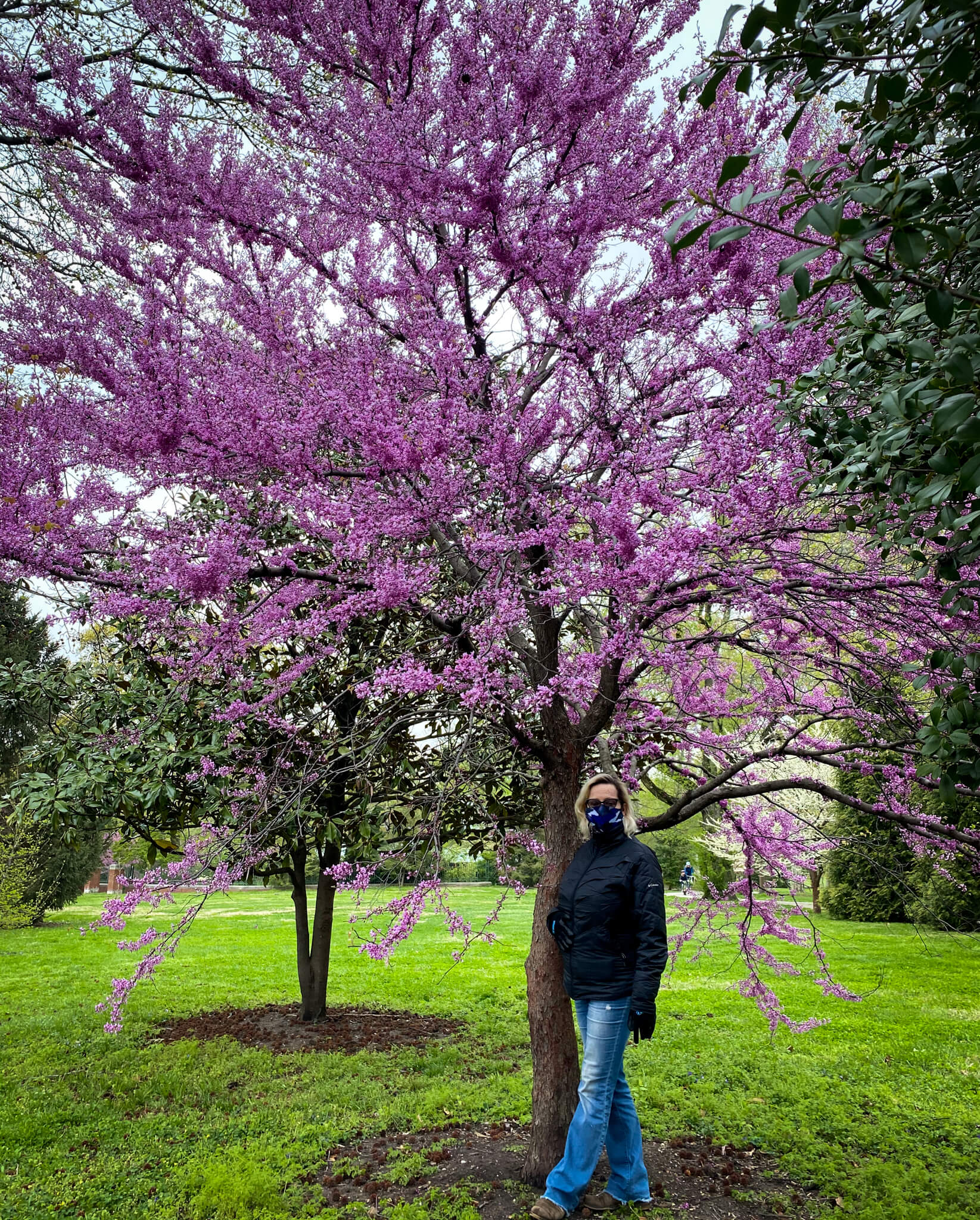 Not long ago, we were marked with ashes on our foreheads, symbolically acknowledging that our lives were dependent on something greater than our own efforts. The Ash Wednesday ritual reminded us not only of human fragility and limitations, but also mortality. With ashes on our bodies, we visibly and religiously entered our Lenten journey of prayer, fasting and almsgiving.
Not long ago, we were marked with ashes on our foreheads, symbolically acknowledging that our lives were dependent on something greater than our own efforts. The Ash Wednesday ritual reminded us not only of human fragility and limitations, but also mortality. With ashes on our bodies, we visibly and religiously entered our Lenten journey of prayer, fasting and almsgiving.
Through the Triduum rituals, we reconnected to the essentials of our spirituality and vocation. On Holy Thursday, before the remembrance of the feast of Passover, we listened attentively to Jesus’ mandate to wash one another’s feet as a sign of our commitment to mutual service and solidarity (John 13:1-15). In plain words, Jesus tells us: “What I am doing, you do not understand now, but you will understand later.” With His words reverberating in our hearts and minds, we approached Jesus’ table of plenty, we broke bread and shared wine, mindful that this last meal would suffice for a while. And, ithough the act of foot-washing was omitted this year, through Jesus’ washing of the apostles feet, we remembered that our eucharistic meal was intimately tied to mutual service and self-sacrifice.
Not until Good Friday and Holy Saturday did we begin to comprehend Jesus’s words and actions. Before the sobering silence and passion of our Lord, our human uncertainty and vulnerability began to unfold into a discordant cacophony of accusations, denials, hate, betrayal, violence and death on a cross. Responding to our human brokenness, Jesus bowed His head and handed over His spirit. From this place of abandonment, Jesus’ thirst for justice and compassion flowed in water and blood. While sorrow and mourning touched Mary and those by the foot of the cross, a resilient way of being in relationship also arose: “When Jesus saw His mother and the disciple there whom He loved He said to His mother, ‘Woman, behold, your son.’ Then He said to the disciple, ‘Behold, your mother’” (John 18:1-19;42).
As we face a global pandemic fraught with uncertainty, social distancing, isolation, suffering and death, the loving and consoling words of Jesus to Mary and the disciple are also ours to keep and hold. More than ever, we need to discover new ways of being together in solidarity with one another. Indeed, the ashes, the prayer, the fasting, the almsgiving, the foot washing, the last supper, the silence, the sorrow and death of the paschal mystery are lived anew. In faith, we know that holding on to our memories, stories, rituals, relationships and promises will not disappoint.
Like many holy men and women have done before us, we hold on to the promise of life and hope. More to the point, we find the courage to revisit and enter the tomb of Jesus. Inspired by the example of Mary of Magdala, Simon Peter and the other disciples, we run to the tomb and do not let our own sense of brokenness, abandonment and vulnerability impede us from being close to Jesus. For by going to the place of burial, we discover that the stone covering the tomb has been removed. In our desire to be with Jesus, we see that the burial cloths that once covered His body and face are now folded at the side (John 20:1-9).
By entering the uncertainty of the empty tomb, our thirst for justice, compassion, solidarity and life is renewed. Indeed, the promise of the resurrection given to us in faith and community is made manifest in the story of the empty tomb and the ritual readings of our Easter season. Already, the struggle of an unimaginable and devastating pandemic has given rise to countless acts of kindness, compassion and self-sacrifice. And, once again, we are discovering that the sorrow of the cross and silence of the empty tomb point to the joy and hope of the resurrection that is ours in Christ Jesus.
F. Javier Orozco
First published April 17, 2020 in the St. Louis Review
